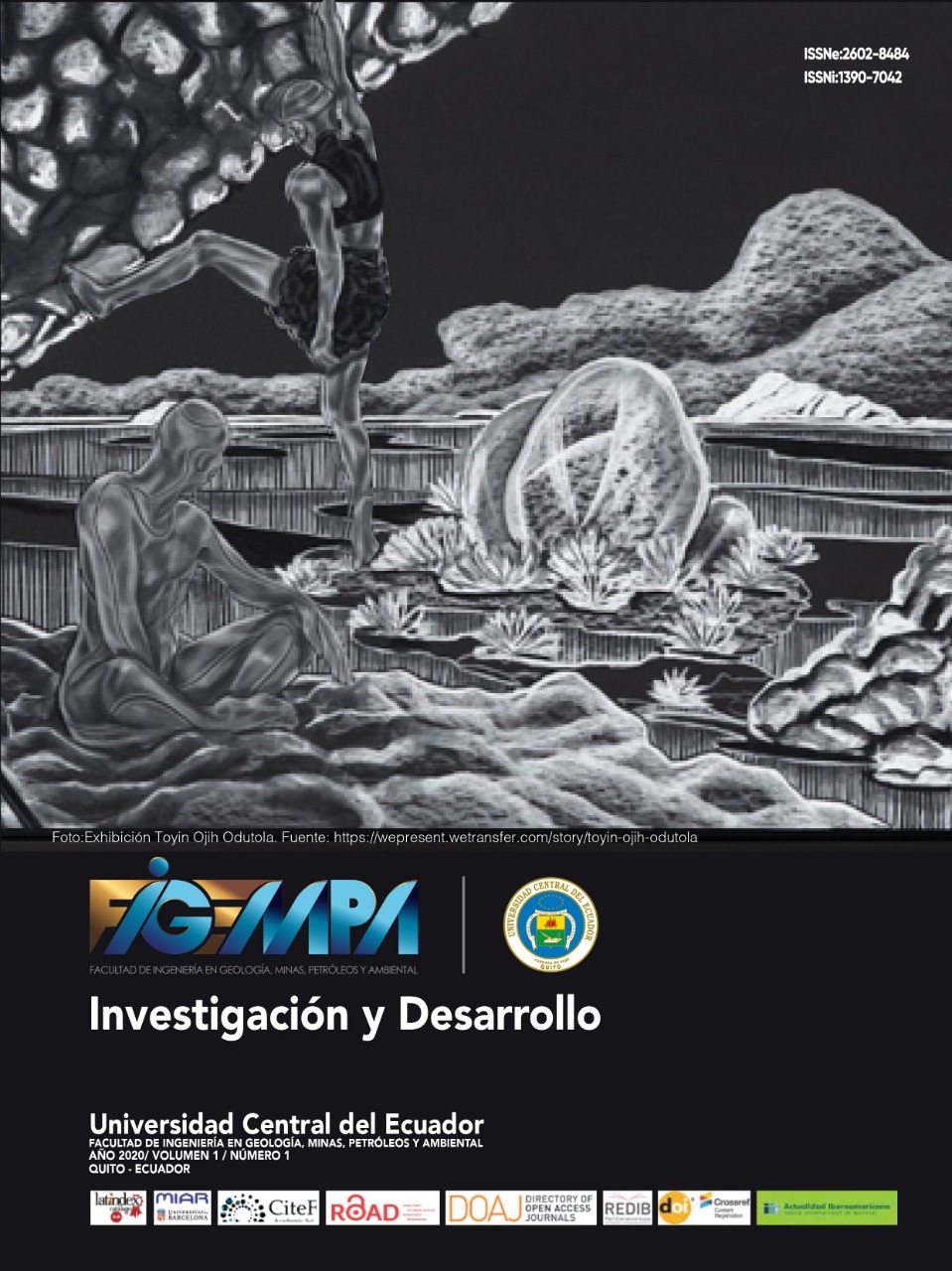Influence of additives (polymers and polyaluminum) in the physical mechanical properties of hot asphaltic mixtures
Main Article Content
Abstract
At a global level, the use of additives has been undertaken in order to have better quality asphalt mixtures and to reduce their premature aging. In our country, research is required to be carried out with different stone aggregates and to compare the behavior of the binder used and of the mixtures themselves, so this work is scientifically necessary that it is not the only one, but that more research is undertaken and that different sources of materials are used. The research consists of a comparative analysis of the influence of additives on the physical-mechanical properties of hot mix asphalt. Information was gathered from 3 research projects on SBS, RET, SBR and polyaluminum polymer-modified asphalt mixtures, where the Pavement Laboratory provided support in tests for their development Project N.1 Aggregates from Pifo with the incorporation of SBS and RET polymer; Project N. 2 Aggregates from Nayón with the incorporation of SBS and SBR polymer and Project N. 3 Aggregates from two Píntag and Guayllabamba mines with the incorporation of polyaluminum. With this data, the improvements obtained with the incorporation of additives in conventional asphalt mixtures are analyzed with respect to the resistance characteristics related to plastic deformation through the determination of stability and flow (Marshall test) and the value of loss through wear (Cantabrian test). Demonstrating that by adding optimal quantities of the above-mentioned additives improves the mechanical properties increases the stability and decreases the percentage of loss by wear to the Cantabrian, this means that increases the cohesion of the mixture decreasing the risk of permanent deformation (rutting) and cracking, improving the elasticity, thus contributing in the durability of the life of the roads of the country.
Downloads
Metrics
Article Details

This work is licensed under a Creative Commons Attribution 4.0 International License.
References
Asphalt institute. (1982). Principios de construcción de pavimentos de mezclas asfálticas en caliente (MS-22). USA: s.n.
Bolívar, S. & Peña, J. (2018). Composición y Tipos de Asfaltos. Barranquilla: Universidad de la Costa, CUC.
Kaa, B., Mogoruza, R. & Ivet, A. (2016). Análisis de Propiedades de Mezclas Asfálticas Modificadas en Panamá. Revista de iniciación Científica, 2 (1), p. 6.
León, P., Borja, S. & Cárdenas, J. (2019). Caracterización de mezclas asfálticas en caliente, elaboradas con el uso de cemento asfáltico modificado con polímero SBR y SBS. Quito, Pichincha: UCE.
León, P., Jara, J. & Machado, S. (2020). Análisis comparativo entre mezclas asfálticas en caliente modificadas con polialuminio y mezcla convencional. Quito, Pichincha: UCE.
Merizalde, J., López, D. & Puma, C. (2017). Caracterización de mezclas asfálticas en caliente elaboradas con cemento asfáltico modificado con polímeros SBS y RET, mediante la determinación del módulo de rigidez. Quito, Pichincha: UCE.
Minaya, S. & Ordoñez, A. (2006). Diseño moderno de pavimentos asfálticos. Lima: ICG.
Ministerio de Obras Públicas y Comunicaciones. (2002). Especificaciones generales para la construcción de caminos y puentes. Quito, Pichincha.
Ortiz, E. & Macías, L. (2019). Comparativo de las Propiedades de un Diseño de Mezcla Asfáltica en Caliente Convencional y el Uso de Polímeros en la Carretera Tosagua. [En línea] Available at: https://www.uctunexpo.autanabooks.com/index.php/uct/article/view/55/56
Pérez, F. & Miro, J. (2002). Nuevos ensayos para la caracterización de ligantes y mezclas asfálticas. Asociación española de la carretera, p. 28.
Asociación Mexicana de Asfaltos, A.C. (2017). Revista Técnica Asfaltos Nº 51 Julio-Septiembre. ISSN: 2007-2473 [En línea] Available at: http://www.amaacmx.org/archivos/revista/asfaltica_51.pdf
Rondón, H. & Reyes, F. (2015). Pavimentos. Material Materiales, Construcción y Diseño. Bogotá: ECOE-Ediciones.
Speight. (2016). Asphalt Materials Science And Technology. Oxford: Elservies Inc.

